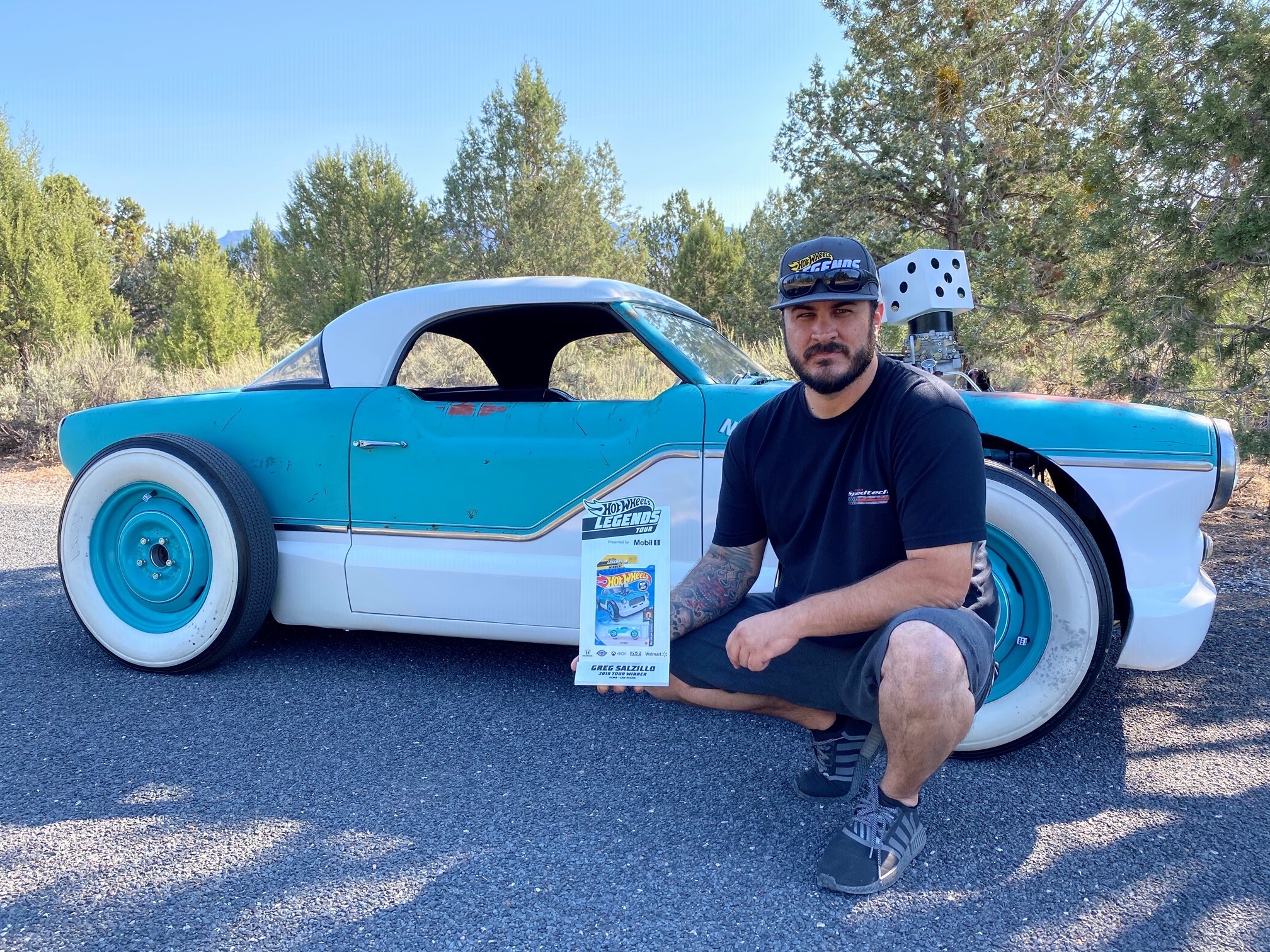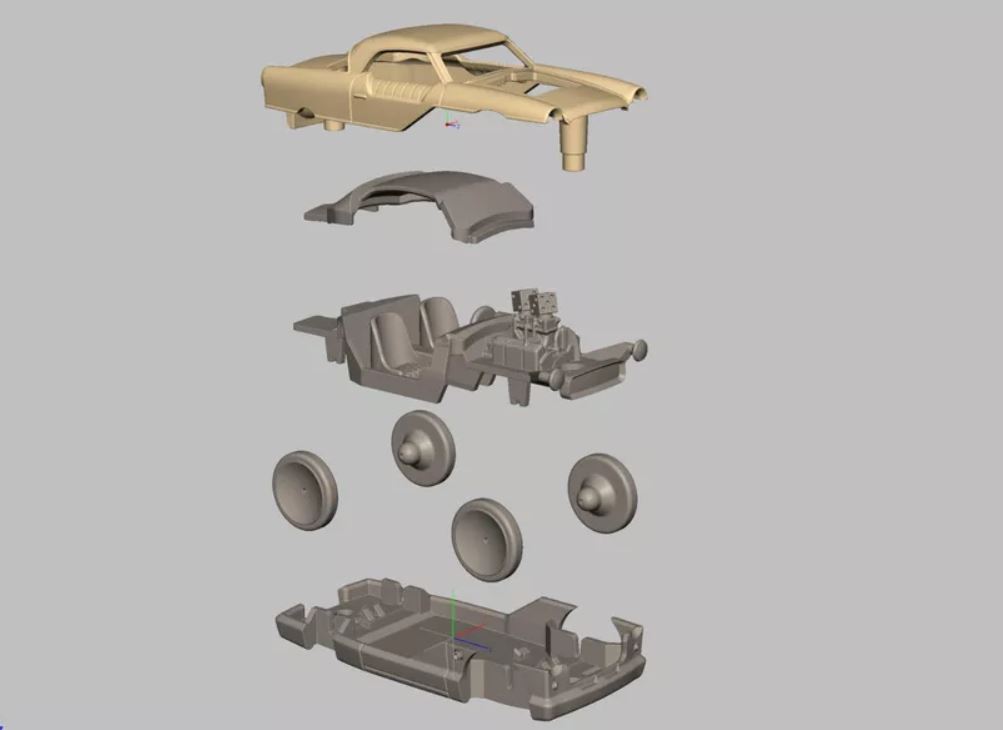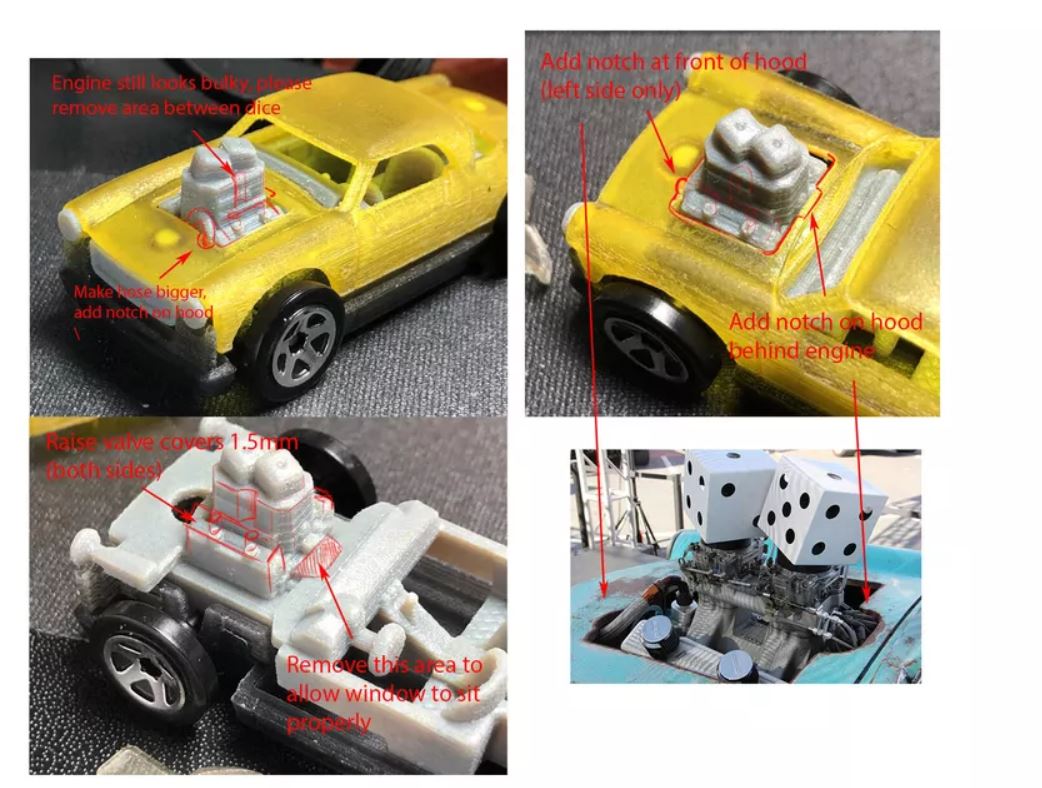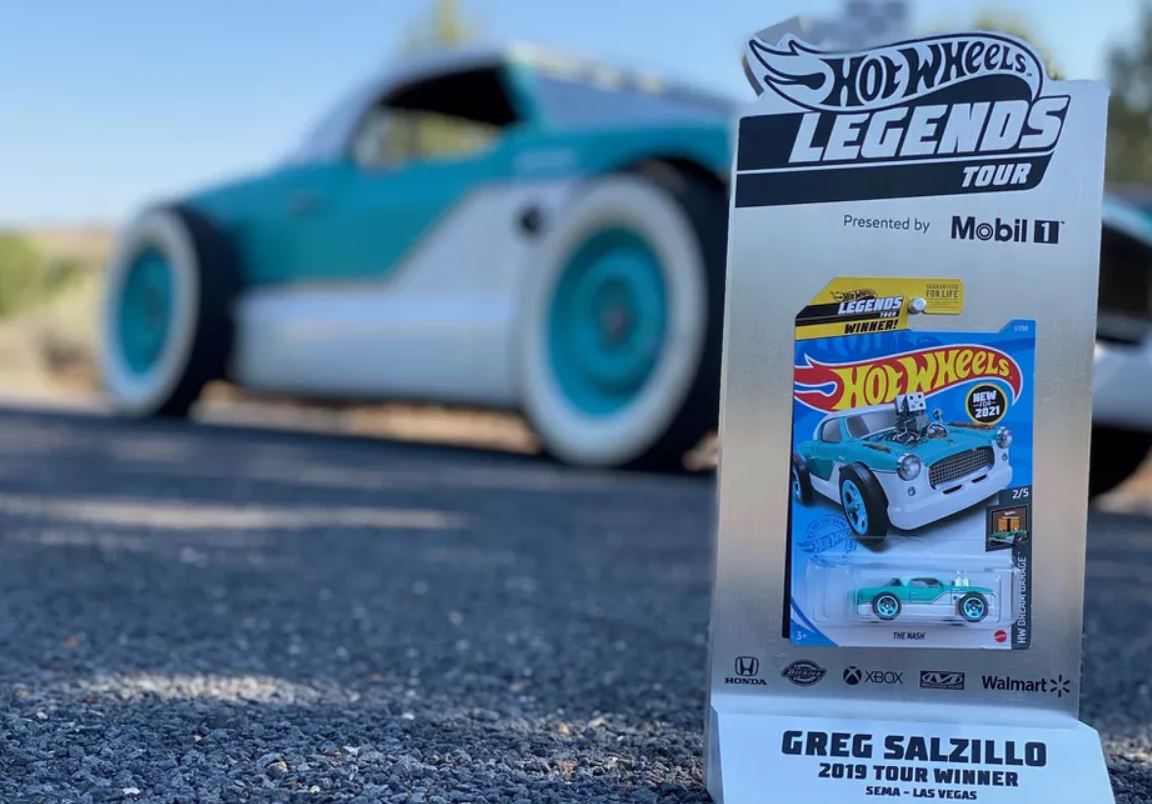Have you ever wanted your favorite real-life custom car as a Hot Wheel model? Well, the possibility is now within reach. Ever since 2018, Hot Wheels has been conducting its Legends Tour, holding events across the US, for children and adults, to select a chosen fan’s real-life custom car and re-create it as a 1:64 Hot Wheels toy die-cast model.
Hot Wheels, owned by Mattel, has developed over 25,000 unique vehicle designs over the last 50 years, and was looking for distinctly creative and custom-built (not bought) real-life cars as the goal of its Legends Tour. In 2018, the winning design was the 2JetZ from Luis Rodriguez in Las Vegas. In 2019, it was The Nash from Greg Salzillo in Monterey. His custom rat rod, a deliberately worn down hot rod version of the 1957 Nash Metropolitan was selected as the winner from among nearly 5,000 entries in last year’s competition. His real-life custom-made version replaced the chassis, and the original 40 hp engine with a 300 hp block Chevy V-8, including a pair of dice over the air filters, exposed through the hood.

Greg Salzillio with his winning entry and Hot Wheels-made car. Image courtesy of Hot Wheels and Mattel
Traditionally, the creation of a miniature car at Hot Wheels begins with a sketch, followed by physical modeling or sculpting of clay by hand, with various iterations until all details are finalized and then die cast for production.
Typically, the company takes about 12 to 18 months to go from identifying a full-scale vehicle design to having a miniature version in retail stores. Today, the design and manufacturing process includes advanced digital elements, in 3D design, modeling, sculpting and 3D printing.
To recreate the Nash, Hot Wheels designer and sculptor Manson Cheung initially sought the original blueprints and designs of the Metropolitan so that he could obtain the fundamental shape of the car—much as Salzillo would have done in building the full-scale custom car. The initial sketches serve not only to develop the miniature design from the life-size one, but also to break the car up into the fundamental four pieces of any Hot Wheel model: the body, windows, interiors and the chassis with wheels.
For the next step, Cheung doesn’t model using physical clay, but virtual clay, with a 3D Systems Touch X haptic feedback device. He then 3D prints color models using a Stratasys J750 color 3D printer, or for higher-resolution monochrome designs, a Formlabs SLA 3D printer.
The Touch X haptic feedback device allows designers to ‘feel’ virtual 3D models and manipulate the design as if it was a physical model. It combines with Geomagic Freeform or Sculpt 3D software for easy integration with 3D sculpting or modeling tools. Outside of modeling, the device is also used by surgeons to refine their technique, and to provide medical interns with virtual clinical surgery training so they can get the touch and feel of the actual procedure and improve their accuracy prior to entering the live surgical environment.
“Touch X haptic devices allow a user to feel 3D on-screen objects by applying force feedback on the user’s hand, and the Touch X delivers expanded, true-to-life sensations with a more fluid feel and lower friction. Its durability, affordability, and accuracy make the Touch X haptic device ideal for commercial, medical, and research applications, especially when compactness and portability matter.”
In making the virtual clay model, Cheung points out that “it is very much like sculpting by hand because you have that arm movement, you can feel the digital clay.”
The real-life custom car and the Hot Wheels model do have differences, as features and detail are reduced or eliminated to produce the Hot Wheels miniature. Cheung does try to capture as much detail as he can, saying, “I tried to replicate everything in the interior. It had heated leather seats and the back of the seats had some detail, so I tried to include that in there. Sometimes in production, we lose that, but I put that in, in case we can get it. We sent it off to our Asian counterparts to deal with production. Sometimes they use thicker or thinner material. There were some slight changes. Some engine detail was lost because of those production issues. The cockeyed dice were one such casualty. That was lost because of tooling issues.”
To develop a physical model from this, the virtual model is sent to a farm of ten 3D printers used by Mattel, with colors specified.
As 3D printing specialist at Mattel, Shane Thompson, explains, “For the majority of requests, we’ll print using our Stratasys J750 color printer which can print more than 500,000 color combinations including Pantone colors. This process is called PolyJet printing which uses 4 print heads that have 2 rows of microscopic nozzles on each head that the resin gets jetted out from. This machine prints in layers of about .001 of an inch which gives us really good resolution and surface finish. The build frame for this machine is 19.3″ x 15.4″ x 7.9″ so we can print many parts at once.”
To 3D print the Hot Wheel models, which are typically two to three inches long, up to 35 resins can be used to develop accurate miniature prototypes. Once the design is virtually sculpted and prototyped, and the final design is developed and crash-tested. Yes, Hot Wheels crash tests its models for stability and strength. Files are then shipped for manufacturing and production in Asia. With this digital workflow, the design process for the Nash took only 40 hours, and Cheung says this would normally take him 50-80 hours.
The Hot Wheels Nash model, which won last year, will now be available in stores this December. While Salzillo paid nearly $10,000 to build his real-life custom car, the Nash Hot Wheel model will be available for $1.09.
In addition to the Legends Tour, Mattel has long been investing in 3D design and manufacturing technologies to improve their design and manufacturing process, and to bring new toys, personalized products and customization to its traditional customer base. In 2016, they had unveiled their $300 3D printer, the ThingMaker, that was developed in partnership with Autodesk, for kids to make their own toys via a basic smartphone design app.
Subscribe to Our Email Newsletter
Stay up-to-date on all the latest news from the 3D printing industry and receive information and offers from third party vendors.
You May Also Like
3D Printing News Briefs, April 13, 2024: Robotics, Orthotics, & Hypersonics
In 3D Printing News Briefs today, we’re focusing first on robotics, as Carnegie Mellon University’s new Robotics Innovation Center will house several community outreach programs, and Ugogo3D is now working...
Rail Giant Alstom Saves $15M with 3D Printing Automation Software 3D Spark
3D Spark has entered into a three-year deal with the rail giant Alstom. Alstom, a transport behemoth with annual revenues of $16 billion, specializes in the manufacture of trains, trams,...
Meltio Expands Global Reach with New Partnerships in the Americas and Europe
Spanish 3D printing manufacturer Meltio has expanded its sales network across the globe. With the addition of three new partners in the United States, Brazil, Argentina, and Italy, Meltio aims...
3D Printing Webinar and Event Roundup: April 7, 2024
Webinars and events in the 3D printing industry are picking back up this week! Sea-Air-Space is coming to Maryland, and SAE International is sponsoring a 3D Systems webinar about 3D...




































